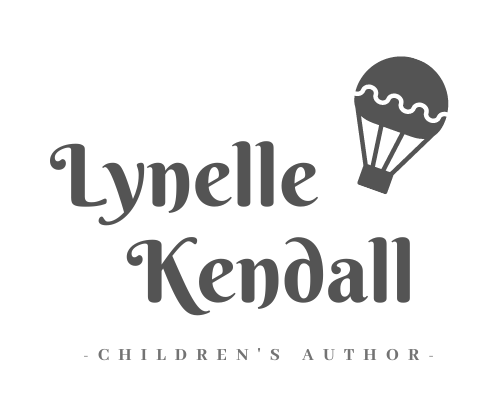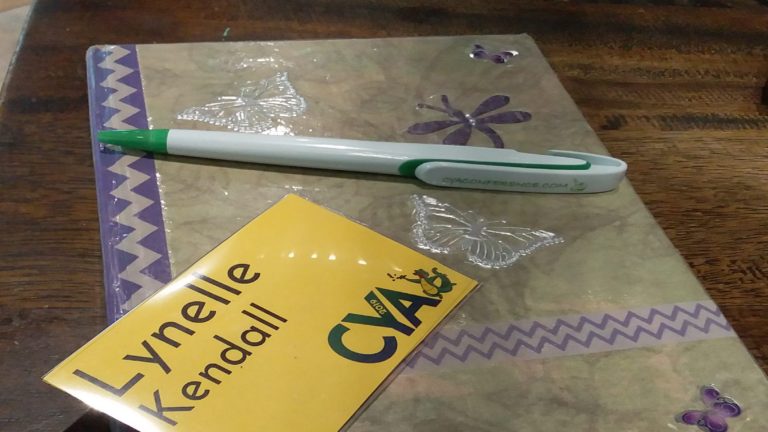Preparing for an Author School Visit
Visiting schools as an author is one of the joys of the job. It’s an opportunity to connect with readers, teachers and librarians, share ideas and speak about your love of reading and writing. To make the most of your next school visit, consider the following five tips to help you on your way.

1. Give the school plenty of notice.
Schools are busy places with many events and educational priorities to fit into their calendars. Be respectful in your correspondence and give them as much notice as possible. This will enable the school to plan their Term in advance and communicate your visit to the wider school community beforehand. Specific annual opportunities for authors to visit schools in Australia are Simultaneous Storytime (May), Book Week (August) and Indigenous Literacy Day (September.) You can email or phone to enquire if they are interested in an author visit, and if you have had no response, follow up once more, just in case your first email or phone call was missed. Include your qualifications and experience and tell them when you are available. If you have a personal connection to the school include this as well.
If they are happy to have you come in, you can set the boundaries for which age group and how many children you are comfortable with. In fact, its better to include these details when you first approach the schools, so they know exactly what you are offering.
For my recent talks at Tagai Primary School on Thursday Island I said I was happy to speak to children from Kindergarten to Grade Three. I also preferred to do smaller class groups instead of addressing the school as a whole or having four or five classes at the same time. Once I had communicated this the younger primary teachers then opted in for an hour-long time slot on the days I said I was available. I spoke to nine different classes over the course of three days and also attended their Book Week parade, which all went very well.


2. Go into the school beforehand.
Visiting the school before your author talks is always a good idea. You will be able to meet the staff face to face and learn the layout of the school so you can know exactly where you will need to be (library, classrooms or assembly hall.) It’s also important to test whatever technology you will be using- whether you are bringing a power point on a USB or using your own computer or tablet.
Though technology is a wonderful thing, it doesn’t always work on the day, so have a printout of your presentation and a plan for what you will do if the technology doesn’t work as originally planned.
When you go into the school you can also find out if there is anything the classes have been learning that you can build upon in your talks. This might be characters emotions, story boarding, using creative adjectives, or including humor in their narratives. Try to add as much value to your presentation as possible. This will increase your chances of being asked back next time.

Image by Steve Riot from Pixabay.
3. Know your Audience.
A classroom of five-year-olds is very different to a classroom of eight-year-olds.
If you are speaking to younger primary school children they will have shorter attention spans, so keep your presentation shorter and perhaps include a craft at the end to fill in time. Include games to keep them engaged and opportunities to move about, as they will probably begin to get restless about half-way through.
These children are often very enthusiastic and happy to talk to you about anything and everything, from what they had for breakfast, to their favourite story. Be ready to listen to what they have to say, leave room in the presentation for question and answer time, but also have the confidence to move the conversation along if needed.

For instance, if a child is describing in detail how they got their haircut on the weekend, and you want to get back to talking about writing, you can say; ‘That sounds really interesting. Is it okay if you tell me more about it at the end if we have time?’
Older children are able to engage with more complex topics and participate in writing activities. There may be those who act as if they aren’t interested or are ‘too cool for school’. In this situation, you can invite them to be leaders and give them more opportunities to answer questions (even if they haven’t put their hand up.)
Knowing what children this age are interested in can help immensely. If you ask them what they like to read or do for fun you can link this in to your presentation. If they are into Marvel movies you can talk about characters they are familiar with, the story arcs and how suspense is built.
Most of the time the classroom teacher will be in the room with you, so concentrate on engaging the majority of the class with humour, real life stories and visual aids, and leave any necessary behaviour management to the teacher, who knows them best. You can also ask the teacher whether they have a signal that reminds the children to be quiet and listen. For some this may be putting their hands on their heads, or copying a clapping rhythm. One teacher I know says the word ‘waterfall’ and everything makes the sound ‘shhhhh’ while doing an action with their fingers. Find out what is unique for that classroom and use it as required.
4. Be Prepared.
On the day, aim to arrive early so you’re not in a rush. Allow time to sign in at the office and say hello to the Principal. Wear something you feel comfortable and confident in. Pack all the things you need to take the night before and run through your talk out loud to give you even more confidence.
If there are other people in your family that you need to drop off work or school, talk to them before the event so they know how important it is to you. This way they are more likely to be helpful and supportive as you get ready and aim to leave on time.
In our age of social media, it is always a good idea to find out about the school’s photo permission policy, and whether you are allowed to take photos during the visit and how you are able to use them. As above, photos of the author in front of a class where you do not see the children’s faces should be acceptable, but it is considerate and respectful to check with the school.

5. Reflect and improve.
After each author talk reflect on how if went and how you could improve for next time. The presentation I did for kindergarten needed to be shortened. There was also some miscommunication with my first class as to whether I was to meet them in the library or come to their classroom.
I also think having a costume and a couple of props to represent my characters would also make my visit more engaging.
Because of my early childhood background I felt confident speaking to the younger age groups. Next year I’d like to stretch myself and create the opportunity to speak to the older primary students as well. It’s also made me start thinking about running a story writing workshop during the holidays.
Once you’ve reflected on an improvements, don’t forget to celebrate your achievements. Having an opportunity to speak to young people is such a privilege. Hopefully both you and the students will leave the sessions feeling empowered and inspired by the connections you have made and the knowledge that has been shared.

Whether you are preparing for your first or your fiftieth school visit, I hope you’ve found these five tips helpful. Don’t forget to listen to the students well, for they may give you the inspiration for your next writing project.


